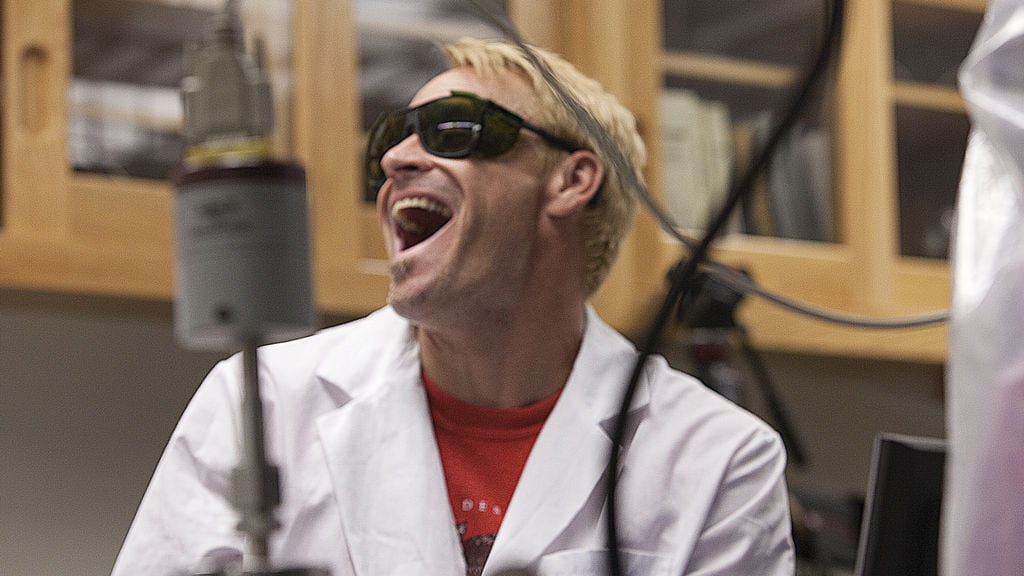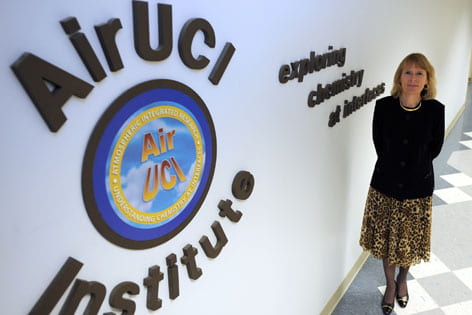Air pollution pioneer James Pitts has died
Irvine, Calif., June 19, 2014 – James Pitts, a University of California researcher who helped uncover the dangers of air pollution blanketing Greater Los Angeles and who worked tirelessly to clear the air worldwide, has died. Pitts, 93, died of natural causes in his sleep today at his Irvine home, said his wife and fellow […]

